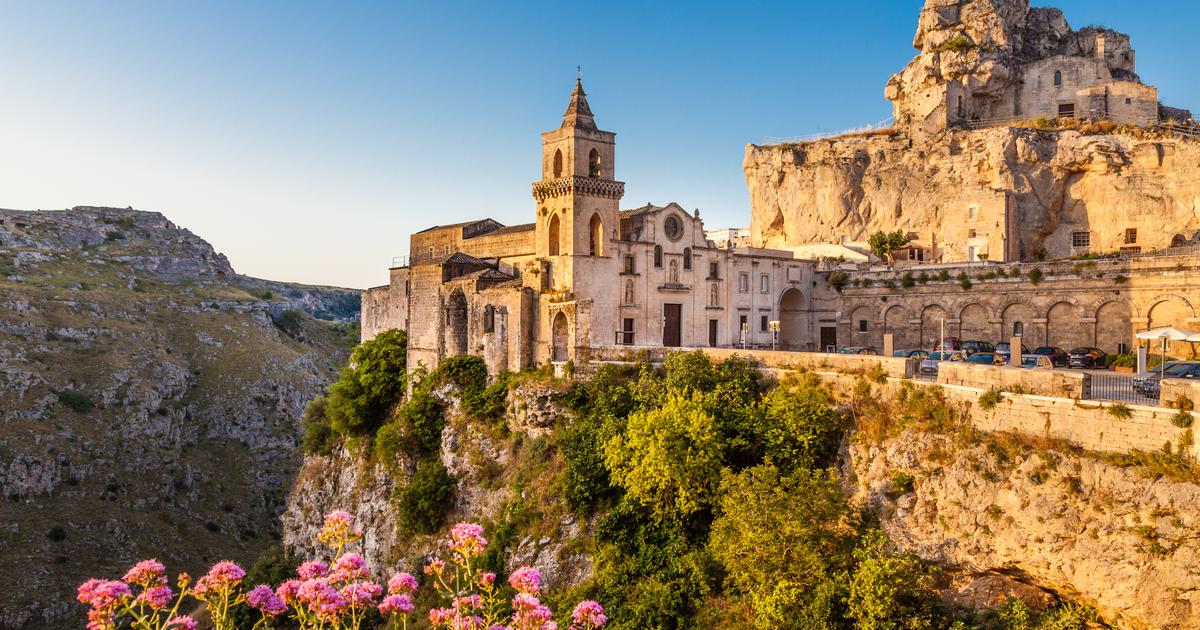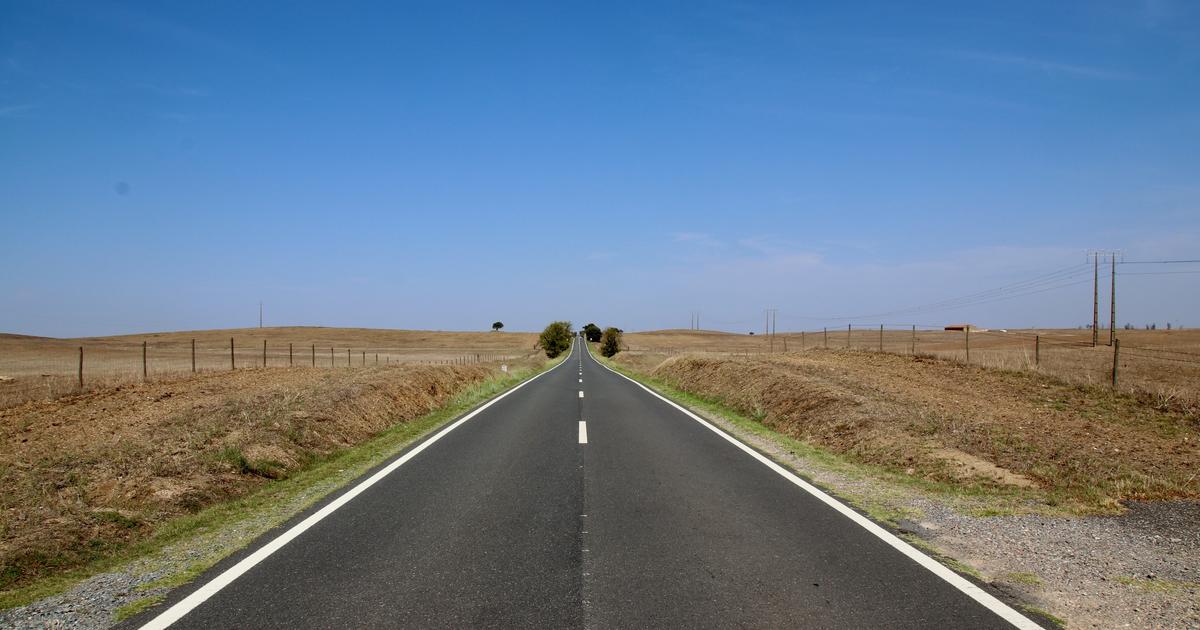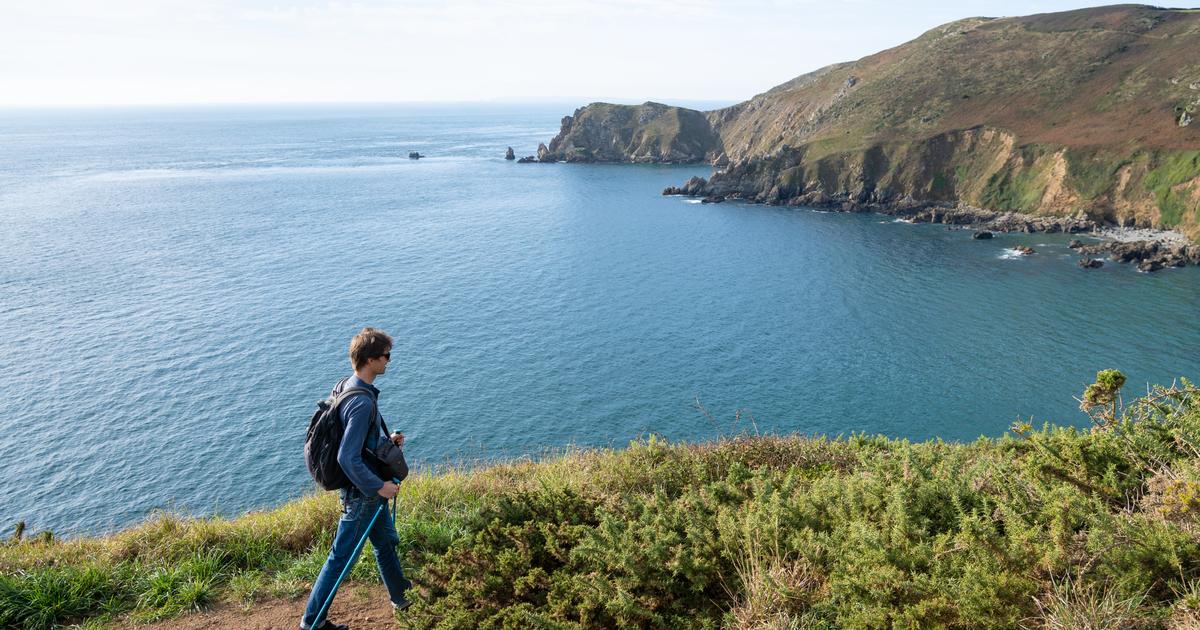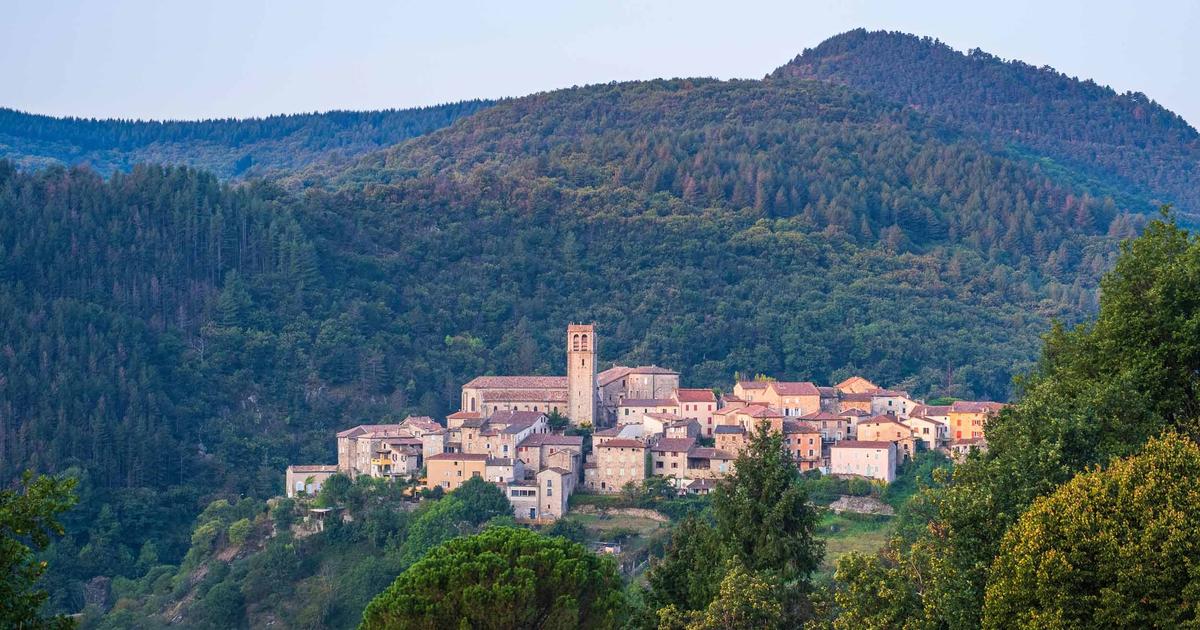At the corner of an alley, it is a discreet warhead that captures the eye;
between two stone houses, it is a narrow alley which immediately plunges you into the labyrinth of history.
The Middle Ages and its succession of wars and crusades deeply marked the Tarn.
To protect themselves from the sieges of the Hundred Years War, the crusades against the Cathars or the rides of the Black Prince, the villages perched on the edge of the cliffs and on top of the hills.
Nearly a thousand years later, medieval architectural genius can be admired in a myriad of villages of which Cordes, Lautrec and Puycelsi are proud banners.
Holidays in France: discovering the secret Tarn
Cordes-sur-Ciel
Covered by the mist of the early morning, Cordes appears at the bend of a bend as if suspended in the air.
Its alleys seem to climb to the heavens while its Gothic houses cascade down the hill.
The city was founded in 1222 by the Count of Toulouse Raymond VII who then wanted to protect the site from the attacks of the men of Simon de Montfort on a crusade against the Cathars (also called the Albigensians).
Passing under one of the gates that mark the entrance to the city, we discover a real gem.
Cordes is a quaint and picturesque town that fascinates both artists and anonymous people.
In the 1950s, the painter Yves Brayer - whose canvases are now on display at the Grand Fauconnier Museum of Modern and Contemporary Art, alongside those of Picasso, Léger, Gagnaire - was the
one of the first to fall in love with the city.
In his wake, other artists put down their easels and their notebooks.
Like Albert Camus who, one day in 1954, said:
“In Cordes, everything is beautiful, even the regrets”.
Or sleep ?
Housed in a 13th century Gothic house, the Hostellerie du Vieux Cordes offers a gourmet restaurant and picturesque rooms for a night in a medieval atmosphere.
21, rue Saint-Michel.
Phone.
: 05 63 53 79 20.
Castelnau-de-Montmiral
The central square of Castelnau-de-Montmiral is a real theatrical setting, a marvel surrounded by cutlery and beautiful wooden buildings.
Adobe Stock
Its central square is a real theatrical setting, a marvel surrounded by cutlery and beautiful wooden buildings.
Like Cordes-sur-Ciel, Castelnau-de-Montmiral was founded in 1222 by the count of Toulouse Raymond VII.
Like Cordes, Castelnau-de-Montmiral is perched on a hill overlooking the Vère valley, the forest of Grésigne and the vineyards of Gaillac.
Its name comes from the Latin "mont mirabilis", admirable mountain.
You enter through the arched door of the Garrics (oak door), a masterpiece of 13th century military architecture, and then stroll through its narrow streets or along its ramparts.
The Notre-Dame de l'Assomption church, dating from the 15th century, houses a treasure, the reliquary cross of the Counts of Armagnac, adorned with 310 precious stones.
Or sleep ?
A dovecote, a medieval fortified house and vines grown biodynamically.
At the foot of Castelnau-de-Montmiral, the Château de Mayragues (part of which dates from the 12th century) houses two superb guest rooms and a concert hall.
Phone.
: 05 63 33 94 08. chateau-de-mayragues.com
Puycelsi
Puycelsi shares with Castelnau-de-Montmiral a taste for remarkable viewpoints.
Adobe Stock
Puycelsi shares with Castelnau-de-Montmiral a taste for remarkable viewpoints.
Surrounded by 850 meters of ramparts, as if surrounded by the old oaks of the Grésigne forest, the castral village offers one of the most beautiful panoramas of the Tarn.
It was founded before the year 1000 by the monks of the abbey of Aurillac then sold in 1180 to the count of Toulouse Raymond V. The city, which doubtless lodged Cathars, also knew the pangs of the crusade against the Albigensians.
Its castle, formerly located on the current Place du Grand Saint-Roch, was completely destroyed in 1229. But Puycelsi has retained its winding streets, its walkway, its Gothic houses from the 14th and 15th centuries or its spectacular double Irissou gate.
Where to sleep and eat?
L'Ancienne Auberge, charming hotel and restaurant for gourmets, in Puycelsi.
Church Square, 81140 Puycelsi.
Phone.
: 05 63 33 65 90.
Hautpoul
Since the end of 2018, a metal footbridge, a real aerial path 140 meters long, suspended 70 meters above the void.
Adobe Stock
Some call it “the Montségur du Tarn”.
At the southern end of the Tarn, Hautpoul is a stronghold of Catharism, a perched castrum guarding the entrance to the impenetrable Montagne Noire.
In 1212, Montfort attacked this nest of heretics which overlooks the Arnette valley by 300 meters.
Over the years and sieges, the village, occupied from the 5th century by the Visigoths, emptied, the inhabitants descending into the valley to found the town of Mazamet.
Today, the steep streets of Hautpoul come to life thanks to the installation of craftsmen and the activity of the Maison du bois et dutoy.
Our advice
Since the end of 2018, a metal footbridge, a veritable aerial path 140 meters long suspended 70 meters above the void, has made it possible to reach Mazamet in Hautpoul.
Access to the walkway is free.
It can be accessed in particular from the Jamarié car park, at the Mazamet exit.
Lautrec
The central hall and its 15th century hall.
Adobe Stock
It floats around Lautrec like an air of Tuscany.
Behind the monumental Porte de Caussade, a remnant of the old ramparts that once surrounded the town, the alleys lined with half-timbered and corbelled houses climb up to attack the Butte de la Salette which dominates the Castres plain, visiting the central hall and its 15th century market hall or the splendid Saint-Rémy Collegiate Church.
Over the centuries, the Tarn city has been able to take advantage of the cultivation of pastel and pink garlic – which today benefits from an AOC.
It is also the birthplace of the family of the famous painter Henri de Toulouse Lautrec.
Where to have a drink?
An associative establishment, the Café Plùm is a restaurant, a café with a concert hall and a bookshop all rolled into one.
A renowned address beyond the Tarn.
12, rue de Lengouz.
Phone.
: 05 63 70 83 30. cafeplum.org







/cloudfront-eu-central-1.images.arcpublishing.com/prisa/EN3SW5NDZVGYPJEKNJGQDIP2UQ.jpg)







